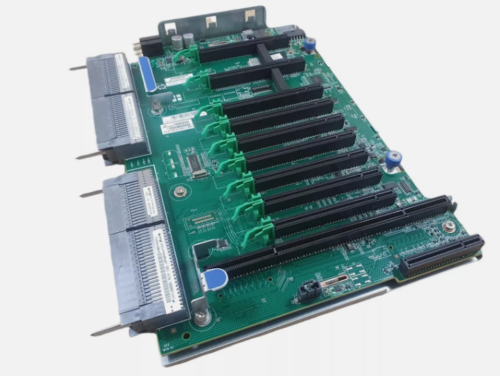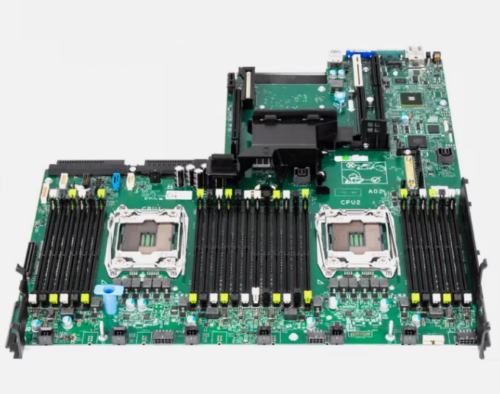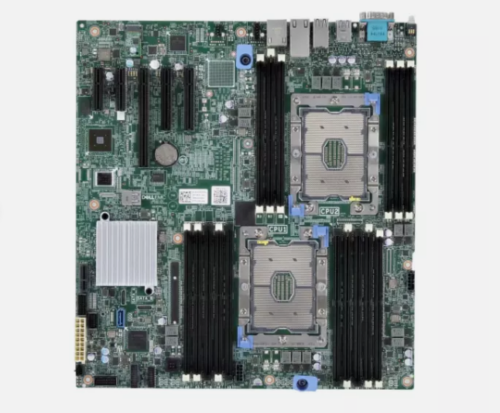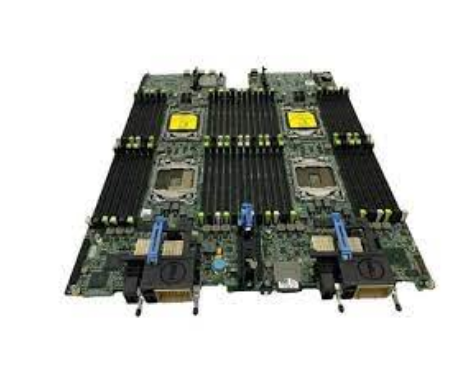How do power supply units interface with motherboards and why is this important?
Power supply units (PSUs) interface with motherboards primarily through the motherboard’s ATX (Advanced Technology eXtended) power connector. This interface is crucial for providing electrical power to the motherboard and its connected components, ensuring proper functionality and operation of the computer system. Here’s how the power supply unit interfaces with motherboards and why it’s important:
- ATX Power Connector: The main interface between the PSU and the motherboard is the ATX power connector. This connector delivers various voltages, including +3.3V, +5V, and +12V, to the motherboard and its components.
- ATX Form Factor Compatibility: Most modern motherboards and power supplies adhere to the ATX form factor standards, ensuring compatibility between different components from various manufacturers. The ATX standard specifies the physical dimensions, mounting hole locations, and connector pinouts for motherboards and PSUs, allowing them to work together seamlessly.
- Primary Power Connector: The primary power connector on the motherboard is the 24-pin ATX connector. This connector supplies power to the motherboard’s main components, including the CPU, memory, chipset, and expansion slots.
- Additional Power Connectors: Some motherboards may require additional power connectors, such as 4-pin or 8-pin CPU power connectors. These connectors provide supplemental power to the CPU and ensure stable operation, especially during high-load scenarios and overclocking.
- Stable Power Delivery: The PSU delivers stable and clean power to the motherboard and its components, ensuring reliable operation and preventing voltage fluctuations that could potentially damage sensitive electronics or cause system instability.
- Power Efficiency: Modern PSUs are designed to maximize power efficiency and minimize energy wastage. They employ features such as Active Power Factor Correction (Active PFC) and high-efficiency components to optimize power delivery and reduce heat generation, saving energy and lowering operating costs.
- Overcurrent Protection: PSUs include overcurrent protection (OCP) mechanisms that prevent excessive current from flowing through the motherboard and connected components. OCP safeguards against short circuits, component failures, and electrical damage, ensuring system safety and longevity.
- Compatibility and Interoperability: PSUs and motherboards must be compatible and interoperable to ensure proper operation and avoid compatibility issues. Users should select a PSU with sufficient wattage, voltage outputs, and connector types to meet the power requirements of the motherboard and its components.
In summary, the interface between power supply units and motherboards is essential for providing stable power delivery, ensuring system compatibility and safety, and optimizing energy efficiency in computer systems. A robust PSU-motherboard interface is crucial for maintaining system stability, reliability, and performance in various computing environments.




